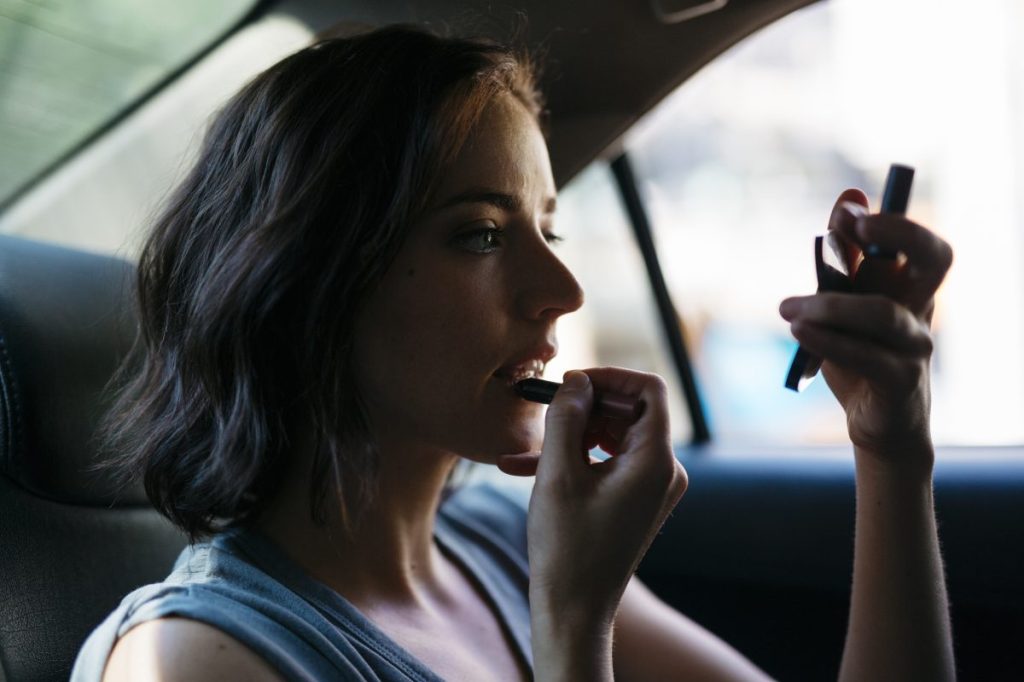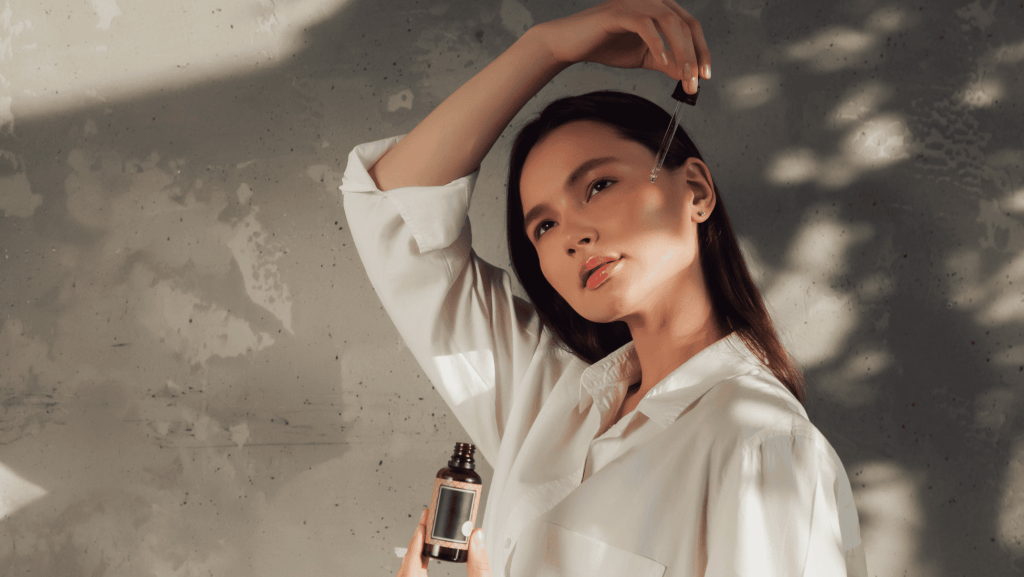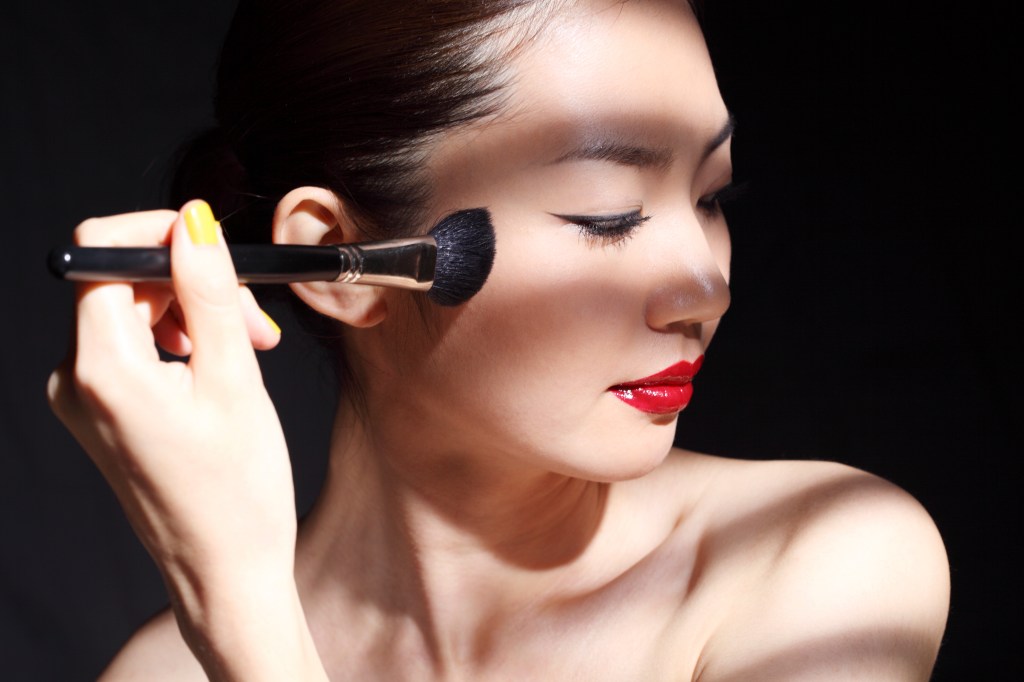Indie beauty brands have grown
Not long ago, indie or independently owned beauty brands were a niche market. Small brands had their own unique following, but they weren’t exactly making waves in the beauty industry. However, in this current digital age, indies have quickly risen to be a strong segment in beauty, representing $30.5B in sales and capturing a 32% dollar share of the category. Indie brands are now outpacing the growth rate of the total beauty and personal care market, growing 15.7% year over year versus 9.9% for total beauty and personal care. Indie brands are greatly influencing beauty trends and how larger conglomerates think about their products and positioning. We know indies have become more relevant in the beauty space, but what is driving this rise in demand from consumers?
Unique product offerings
Indies are usually not trying to cater to the mass market. These brands often come about because someone saw a gap in what is currently available in the category, and they created products to meet their needs. A one-size-fits-all approach doesn’t work with beauty. Consumers are looking for products that cater to their specific hair type or skin concern. In fact, 15.1% of consumers stated they shop online for beauty products to get hard-to-find items. Indie brands help fill the space left open by mass-market brands. They have a more dynamic operation and can cater to consumers’ changing needs and what is trending. This speed to market is an advantage indies have over larger brands.
Social responsibility
Consumers have a wealth of information at their fingertips and are more knowledgeable than ever about a brand’s positioning and values. With this knowledge, consumers want to choose brands whose values align closely with their own. Consumers are looking for beauty products with claims such as vegan, up 12.5% in dollar sales; biodegradable, up 11.1%; and plastic-free, up 1.3%. Whether it is sustainable packaging or ethically sourced ingredients, indies often have clearly defined social responsibility practices that consumers are looking for.
Community
A benefit of this digital age is that brands can interact directly with their consumers via social media. Indie brands often have a story behind the founding of a brand and can authentically communicate their purpose to their community. These authentic connections and content help foster a sense of community for the brand and its followers. Indies can also use their social platforms to showcase their products to their community, connecting with customers using dynamic tools such as stories and reels. Statista found that in 2022, the average adult in the U.S. spent 54 minutes a day on TikTok, meaning that consumers are already there and viewing content.
Consumers have propelled indie brands into the forefront of the beauty industry. With the rise of indies, brands have wielded more influence over the category. Indies are influencing beauty by driving innovation and being an incubator for trends. These small brands have proven they are important for category growth and have cemented their place in the industry as a segment to watch.
Source: NIQ Omnishopper Total U.S. Panel, L52 week ending 06/17/2023

NIQ’s Beauty Vertical delivers even more
Looking for more insights on the rise of indie beauty? NIQ’s Beauty Vertical developed an in-depth report covering indie beauty brands and how they shape the beauty category.




